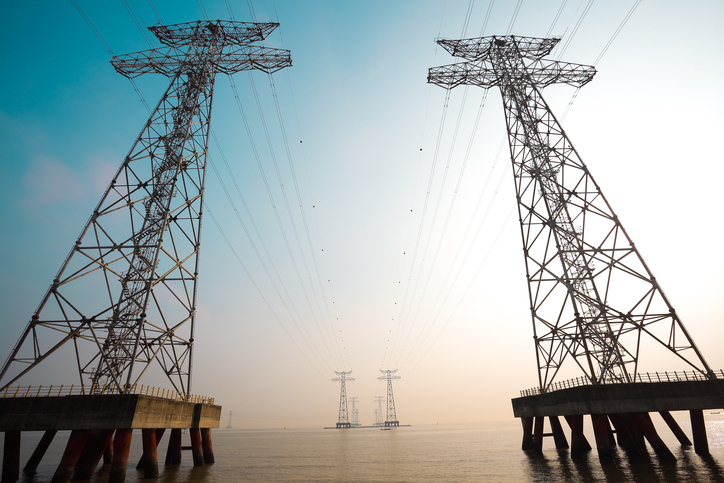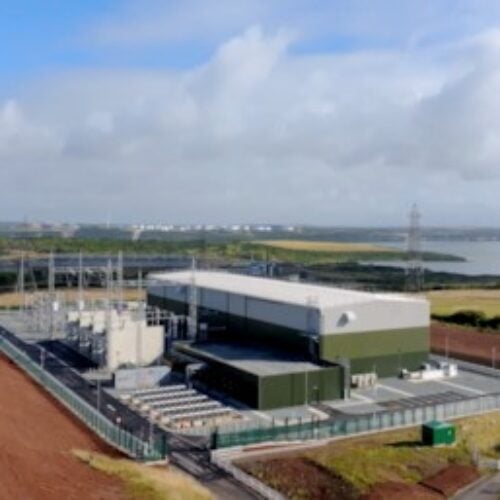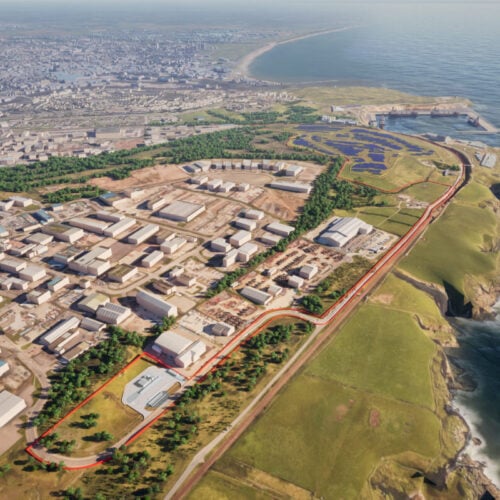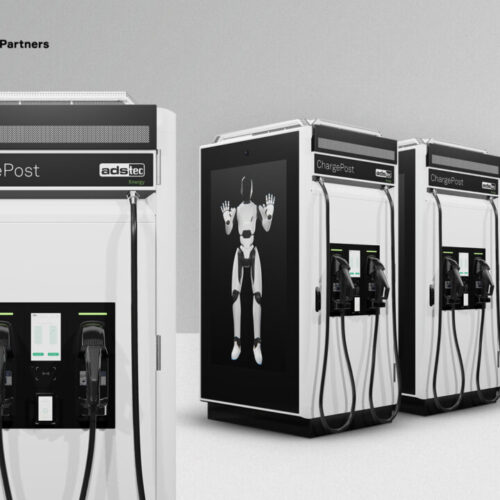The Energy Networks Association (ENA) has this morning unveiled its draft innovation strategy, detailing how its members could deliver billions of pounds in benefits to the UK energy system.
The consultation phase of the ENA’s Electricity Network Innovation Strategy has been published this morning and has invited responses from industry stakeholders before 15 December 2017.
It follows research conducted by major consultancy firm Pöyry which found that distribution network operators could delivery as much as £1.7 billion worth of benefits by 2031.
These benefits could include cheaper connections for renewable energy technologies, lower network management costs and improved network reliability, all of which could result in billpayers receiving cheaper bills.
Innovation projects have played a vital role in helping advance new technologies and services towards commercialisation, including the connection of low carbon generators and flexible technologies like battery storage.
Previous projects have includes Scottish & South Energy Networks’ NINES project, which established a self-sufficient smart grid in the Shetland Isles, UK Power Networks’ battery storage demonstrator in Leighton Buzzard and Western Power Distribution’s Electric Nation EV charging work.
The strategy itself has highlighted a number of emerging trends within the power market, including a shift in generation sources, policies towards decarbonisation and the changing of customer demand.
The ENA said these trends are giving rise to the need for further innovation from network operators, settling on give specific themes. These include network and system operability; the transition to low carbon generation; new technologies; customer focuses and safety, health and the environment.
Within these five themes the ENA has expanded into 31 categories comprising 178 separate topics of varying priorities and levels of innovation.
Its report says that the summary of topics concludes there to be significant potential for further innovation, however the benefits of which are not easily achieved. Collaborative efforts are therefore being promoted.
It’s second focus is a “clear call to action” in areas where the innovation opportunity is high and the priority timeline in the short to medium-term. These include areas which will improve network visibility or controllability, any areas which enable flexibility within the low carbon transition and bids to maximise cyber security and data protection.
Electric vehicles and energy storage applications are also high on the strategy’s agenda.
Other areas of strategic focus include the desire to operationalise innovation for network companies by emphasising and delivering tangible benefits. For instance, improving the transfer of innovative area into business-as-usual business models would feasibly help the benefits of such works be more visible to network operators in general.
However the challenge of delivering on innovation is perhaps best summarised by the association’s stressing that effective delivery of innovation and its benefits is to require a combination of investment, new capability development, wider cultural change and ongoing measurement.
David Smith, chief executive at the ENA, said that the scope of innovation within energy networks meant that the UK was “rapidly emerging as a world leader” in the field.
“The Electricity Network Innovation Strategy is not just about both ensuring that network companies are able to access the newest and most innovative services to do that – but also to ensure energy innovators are fully aware of the opportunities available to them,” he said.
Feedback from today’s consultation will feed into the formulation of its final strategy, which is scheduled to be published in March next year.






